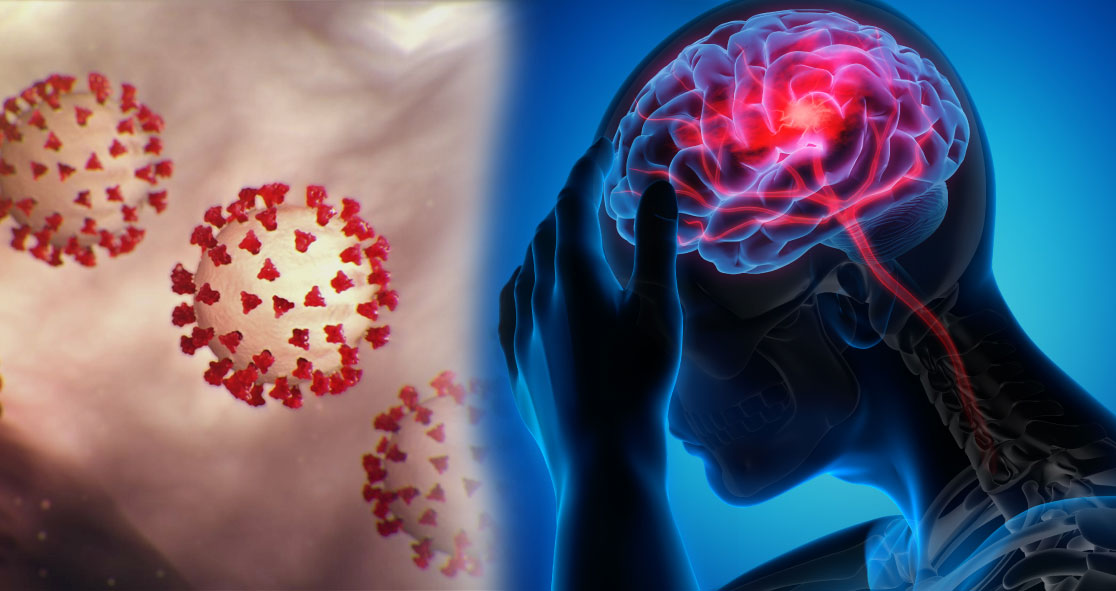New research, published online September 15 in Neurology, suggests that stroke could be one of the first presenting symptoms of COVID-19 infection in younger patients.
Researchers looked at 160 patients with COVID-19 and stroke and found that over 50% of the patients under 50 were asymptomatic at the time of stroke onset.
The findings suggest that younger patients had the highest risk of stroke; however, the highest risk of death was in older patients, especially those who had underlying medical conditions.
Lead author Dr. Luciano Sposato, Associate Professor of Neurology, Western University, said, “One of the most eye-opening findings of this study is that for patients under 50 years old, many were totally asymptomatic when they had a stroke related to COVID-19, [which] means that, for these patients, the stroke was their first symptom of the disease.”
He told Medscape Medical News, “In early April of 2020, we realized that COVID-19 was a highly thrombogenic disease. Almost in parallel, I started to see anecdotal reports in social media of strokes occurring in patients with COVID-19, and there were also very few case reports.”
Dr. Sposato explained the researchers “thought it would be a good idea to put all the data together in one paper,” and conducted a systematic review of 10 published studies of COVID-19 and stroke.
“Some studies reported data for only ischemic stroke, and some reported data for all strokes considered together, which resulted in a different number of patients on each meta-analysis, with a lower number of ‘any stroke’ cases,” Dr. Sposato continued. “This review looked at the number of patients who developed a stroke during admission and included thousands of patients.”
He noted that the first review was conducted on small case series “to understand the clinical characteristics of strokes in patients with COVID-19 on an individual patient level,” since “large studies, including hundreds of thousands of patients, usually do not provide the level of detail for a descriptive analysis of the clinical characteristics of a disease.”
The study review showed that nearly 2% of patients experienced a new stroke, while 1.5% had an ischemic stroke.
“These numbers are higher than historical data for other infectious diseases — for example, 0.75% in SARS-CoV-1, 0.78% in sepsis, and 0.2% in influenza,” Dr. Sposato commented.
Moreover, he added, “this number may be an underestimate, given that many patients die without a confirmed diagnosis and that some patients did not come to the emergency department when experiencing mild symptoms during the first months of the pandemic.”
Dr. Sposato noted, “This high mortality rate is higher than the [roughly] 15% to 30% reported for stroke patients without COVID-19 admitted to intensive care units.”
The researchers also found that most young COVID-19 patients (under 50) who had a stroke had no previous risk factors or comorbidities.
“We should consider COVID-19 as a new cause or risk factor for stroke,” Dr. Sposato said. “At least, patients with stroke should probably be tested for SARS-CoV-2 infection if they are young and present with a large vessel occlusion, even in the absence of typical COVID-19 respiratory symptoms.” He added, “Several potential mechanisms can explain the increased risk of stroke among COVID-19 patients, but perhaps the most important one is increased thrombogenesis secondary to an exaggerated inflammatory response.”























